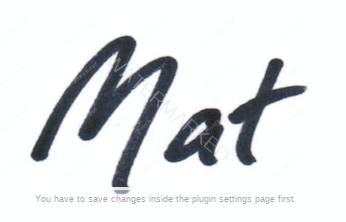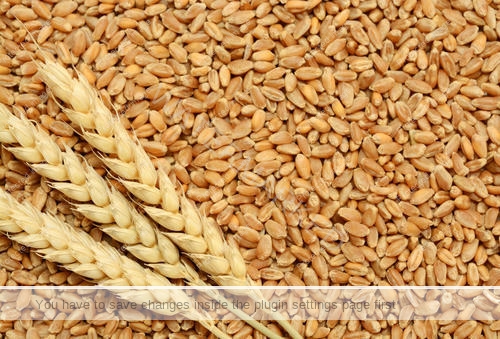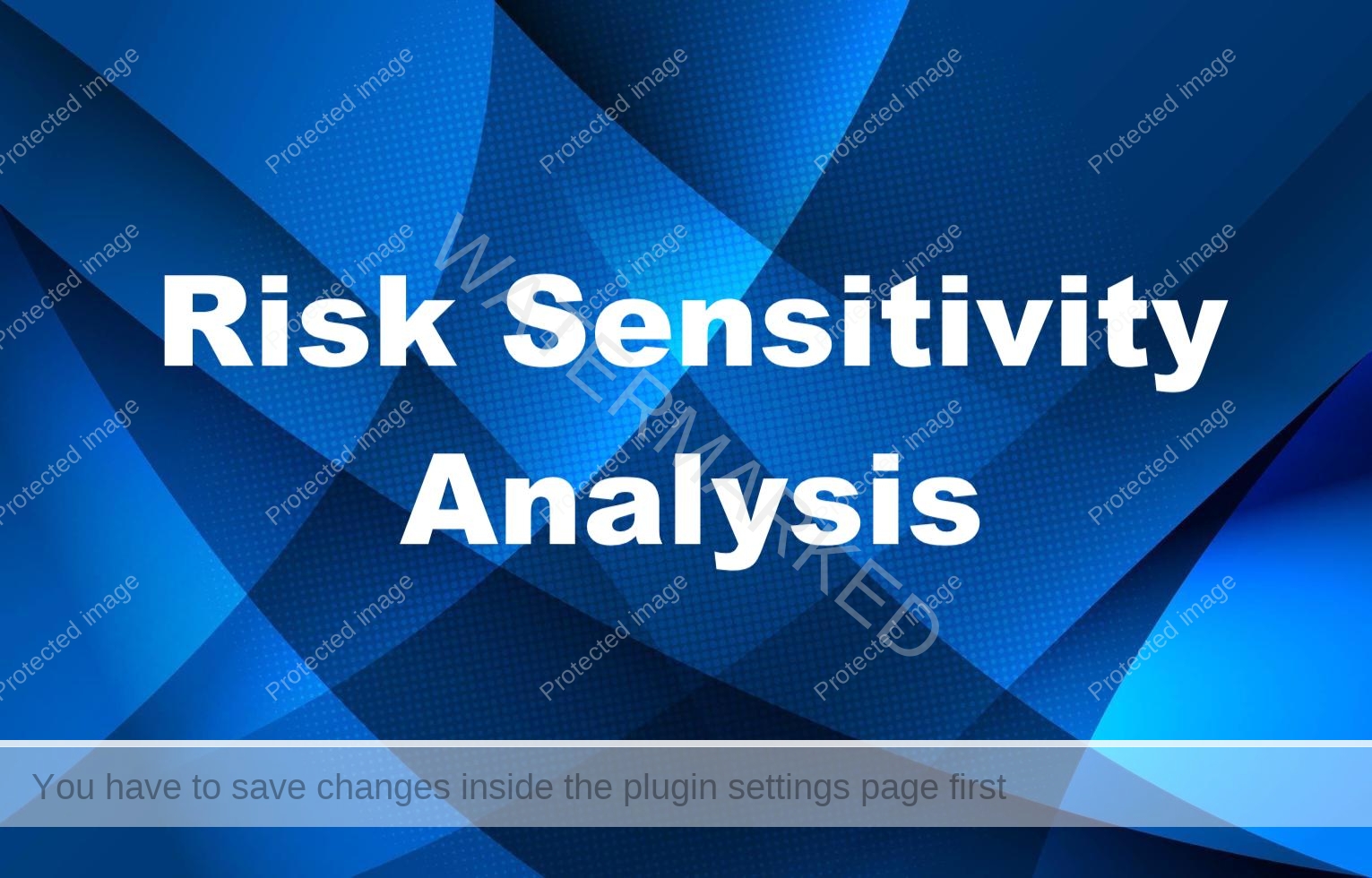Hello and welcome to the August edition of the Safety in the Market Monthly Newsletter.
This month I want to talk about the importance of patience in our trading. I’ll use the example of a short trade I took on the Australian Dollar (FXADUS in ProfitSource) within an hour of the weekly swing top forming on 4 August 2021. Two weeks later, the trade is starting to look pretty good, however, the last two weeks have really tried the patience of many of the students in my coaching group. I’ve had many emails from students questioning themselves over the trade or doubting their analysis and even wondering whether they should jump out now with a small profit. This is where patience is just so important!
The day after I entered the trade, 5 August, was an inside day. I hear people talk about closing a trade if it doesn’t make money immediately, but in my experience as a swing trader, it’s quite common for the market to re-test the previous turn, on multiple time frames, so once I’m in a trade, I like to sit back and let the market unfold. Worst case scenario, if I am wrong, I lose one unit of risk. In this case, I had two profit targets set, one giving me a Reward to Risk Ratio (RRR) of 10 to 1, and the other giving me a RRR of 20 to 1. This was achieved by entering close to the turn on 4 August, a style of trading that is explained in the Active Trader Program Online Training. I find it’s much easier to hold on to a trade and show patience if the RRR is large enough. It’s a lot easier to hang in for a 20 to 1 trade than a 2 to 1 trade!
I once asked David Bowden how he managed to stay patient while trading the 1987 crash. David shorted the market right at the top, but the whole move took more than seven weeks to unfold and was very sideways in the beginning (see the AAI-Spotv chart). David told me he didn’t have time to worry about the trade because he kept himself busy with his trading research and study, which I thought was terrific advice. These days, if I find myself impatient with the market, I use that impatience as a trigger to go and do some more research. The way I see it, research and study is going to be far more valuable and far more profitable in the long run than sitting around worrying about a trade!
Getting back to the Aussie Dollar, after the inside day on 5 August the market moved down on the 6th, 9th and 10th of August, giving us a daily First Range Out (FRO), an expanding daily downswing, and, most importantly, a confirmed weekly swing chart turn. You can verify each of these checkpoints for yourself on the FXADUS chart in ProfitSource. At this stage, the trade was looking and feeling pretty good. However, keep in mind that the market will almost always re-test the previous turn, and for the rest of the week, from the 11th to the 13th of August, the Australian Dollar rallied. Now, sometimes, you’ll be wrong, and the trade will end up as a loss, and you’ll wonder why you didn’t move your stop loss earlier to lock in profit. However, it’s important to remember the RRR of 10 to 1 or 20 to 1. If you move your stop to breakeven too early, you may save yourself a single unit of risk. You may even save that amount three or four times. However, you will also run the risk of missing out on a 10 to 1 or 20 to 1 RRR. At the end of the day, you have to ask yourself – do I want to cling to a single unit of risk now, or give the market room to breathe and aim for a 10 to 1 or 20 to 1 RRR? I believe that if you’ve done the work, you should trust your analysis and hang in for the big reward, unless the market gives you a definite indication to get out.
I’m writing this introduction on Wednesday, 18 August and overnight we have seen the Australian Dollar drop 100 points, having finally cleaned out the 21 July low. We have an expanding second section down on the daily chart, which means we’ll probably get a third section down, so the move is looking good for now. Yes, it took two weeks of patience, but if you want to take trades with a large RRR, you’re going to need to exhibit patience to wait for these moves, and patience to hang in these moves once you’re in them so you can let the market unfold in it’s own time.
To be honest, I’m finding myself being less and less patient these days as we go further and further into our lockdown in Sydney, but that just means it’s more and more important to be aware of how patient (or impatient) we are, and to have strategies in place for dealing with that impatience if and when it arises.
I’ll be discussing the Australian in my coaching updates which go out shortly, but for those who are not part of our coaching at the moment, I’d encourage you to spend some time with your swing charts.
In our articles this month, Andrew has another great example of a trade on Wheat with a double-digit Reward to Risk Ratio. If I was a new student, or an existing student looking to improve my results quickly, these are the kinds of trade that I would be targeting, so if you haven’t been following Andrew’s articles, I’d encourage you to start doing so! Then, Aaron talks about circles and cycles on the SPI200 and the Nasdaq, while Rob discusses the importance of Risk Management.
Let’s begin!





